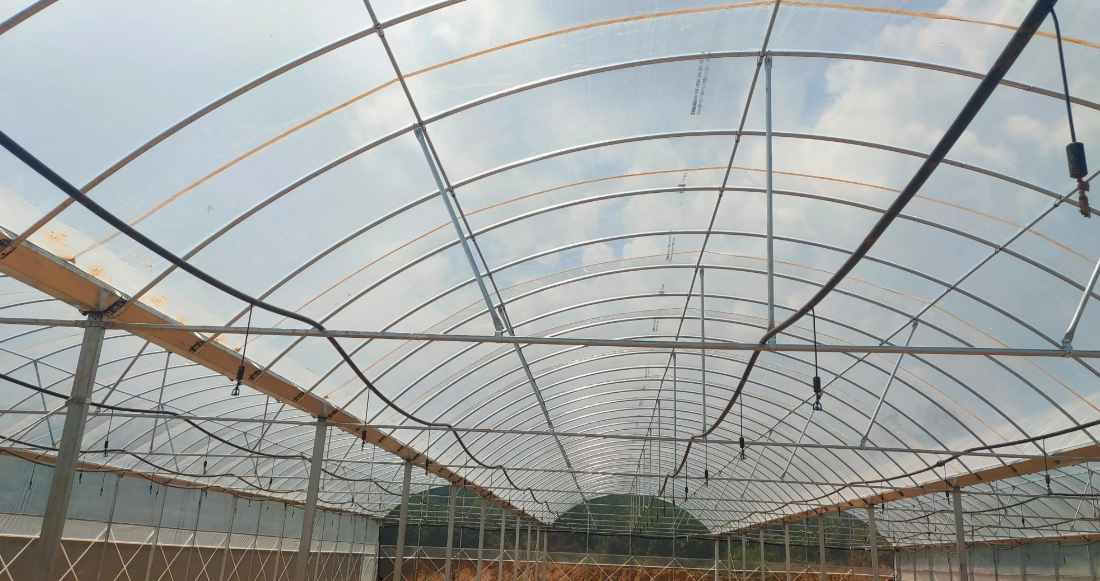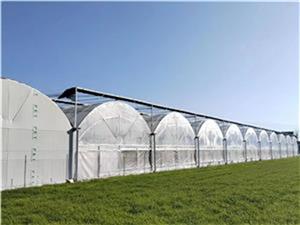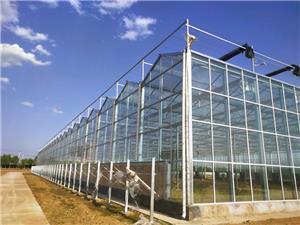In modern greenhouse agriculture, irrigation is of utmost importance. Adequate and proper water supply is crucial for the healthy growth and high - yield of crops. Water is not only a key raw material for photosynthesis but also helps in the transportation of nutrients within the plants. It also plays a significant role in maintaining the turgor pressure of plant cells, which is essential for the normal physiological functions of crops.
Among various irrigation methods, drip irrigation and sprinkler irrigation are two commonly used techniques. Drip irrigation delivers water directly to the root zone of plants in a slow and controlled manner, while sprinkler irrigation sprays water over the crops and the drip Irrigation soil surface, similar to natural rainfall. Although both are designed to meet drip Irrigation the water needs of greenhouse - grown crops, they have distinct differences in terms of working principles, water - use efficiency, equipment costs, impact on soil conditions, and suitable crop types. This article aims to explore and compare these differences in detail, providing valuable drip Irrigation insights for greenhouse farmers and agricultural practitioners when choosing the most appropriate irrigation method for their specific situations.
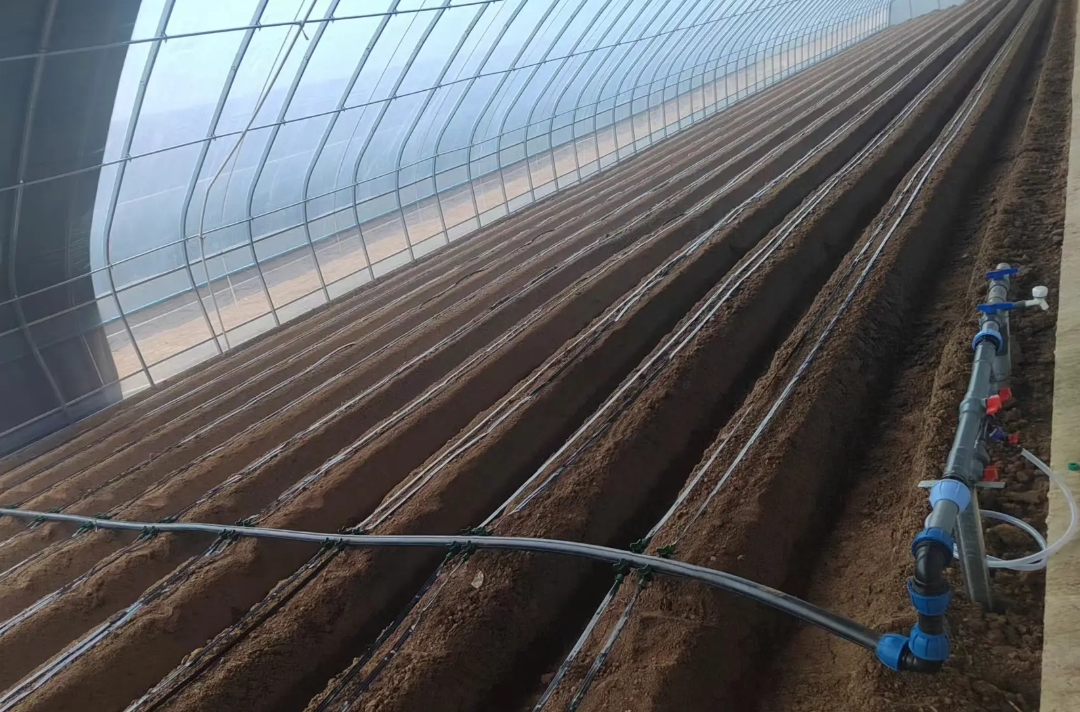
Drip Irrigation
Drip irrigation, also known as trickle irrigation, is a method that uses a specialized pipeline system and equipment to deliver low - pressure water to the root zone of crops slowly and steadily. The basic principle is as follows: a water source, such as a well, reservoir, or water tank, provides the initial water supply. This water then passes through a control hub, which usually includes a water pump to provide the necessary pressure, a filtration device to remove impurities (since even small particles can clog the system), a pressure regulator to ensure a stable water pressure, and an injection device if fertilizers or other additives are to be added to the water.
The treated water is then distributed through a network of main and sub - pipelines to the fields. The final part of the system is the emitter, or drip head, which is the key component. These are small devices, often made of plastic, that are spaced along the small - diameter pipes (usually called drip lines or lateral lines). The emitters release water in the form of small drops, typically at a rate of 2 - 12 liters per hour. As the water drips out, it slowly infiltrates the soil around the plant roots. For example, in a tomato greenhouse, a drip irrigation system might have emitters placed every 30 - 50 centimeters along the drip lines, ensuring that each tomato plant receives a consistent and appropriate amount of water directly at its root area. This way, water is delivered precisely where the plants need it, minimizing water loss due to evaporation and runoff.
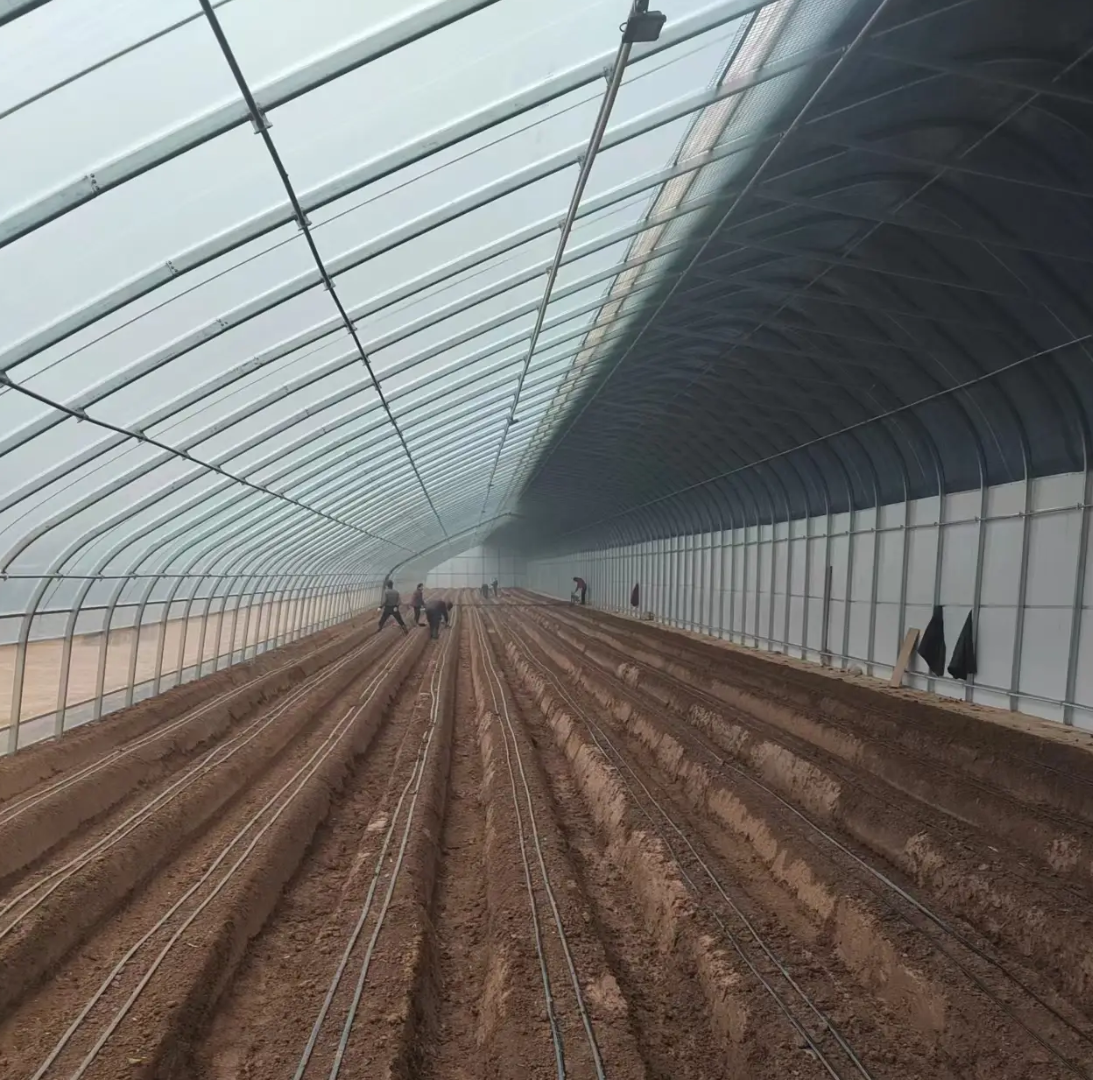
Sprinkler Irrigation
Sprinkler irrigation, on the other hand, is a method that mimics natural rainfall. It uses a pump to increase the water pressure from a water source. The pressurized water is then transported through a pipeline network to sprinkler heads, which are the main components of this system.
The sprinkler heads are designed to spray water into the air, breaking it into small droplets. These droplets then fall onto the crops and the soil surface. There are different types of sprinkler heads, such as fixed - spray, rotating, and impact - type sprinklers. Fixed - spray sprinklers are suitable for small - scale and low - pressure applications, spraying water in a fixed pattern over a relatively small area. Rotating sprinklers, as the name implies, rotate to distribute water in a circular or semi - circular pattern over a larger area. Impact - type sprinklers use a mechanical impact mechanism to create a more forceful spray, which is often used for larger - scale irrigation in open fields.
For instance, in a large - scale flower greenhouse, a rotating sprinkler system might be installed. The sprinklers are placed at regular intervals along the overhead pipes. When the system is in operation, the sprinklers rotate, spraying water in a wide arc, covering a significant area of the greenhouse. The droplets fall on the flower beds, wetting both the plants and the soil, providing a more uniform distribution of water over a larger area compared to drip irrigation.
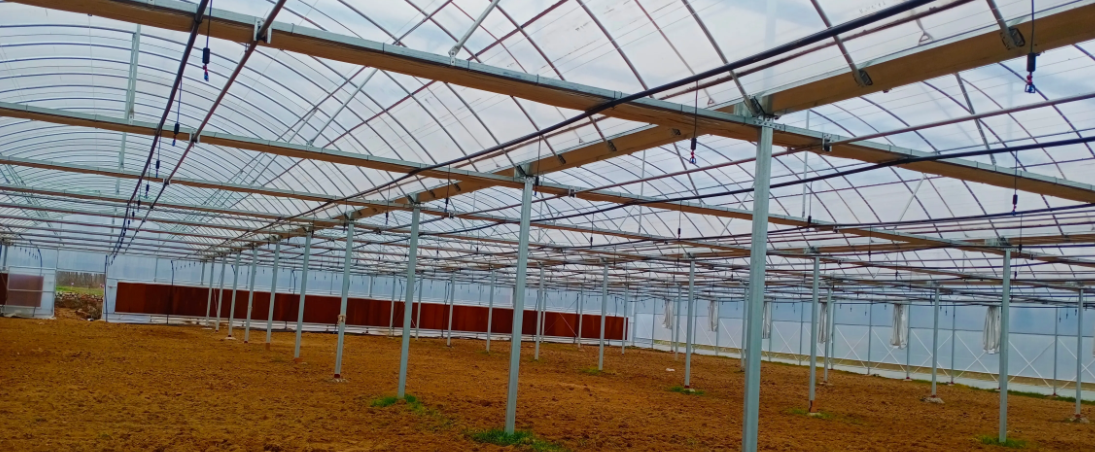
In comparison, sprinkler irrigation sprays water onto crops and the soil surface in the form of fine droplets or mist through sprinkler heads. Its advantage lies in being able to cover a large irrigation area within a short period of time and improving irrigation efficiency. Sprinkler irrigation not only provides water for crops but also can increase air humidity to some extent, improving the microclimate environment in greenhouses. However, due to the larger water droplets in sprinkler irrigation, there is relatively more loss of water evaporation and drift in the air, and the water utilization efficiency is generally lower than that of drip irrigation. From the perspective of equipment cost, drip irrigation systems are relatively more complex, requiring the installation of drip heads, pipes, filters and other equipment, with higher initial investment. However, due to its significant water-saving effect, the long-term operating cost may be relatively lower. In contrast, the equipment of sprinkler irrigation systems is relatively simple and the cost is lower, but it may increase in terms of water resource consumption and later maintenance costs.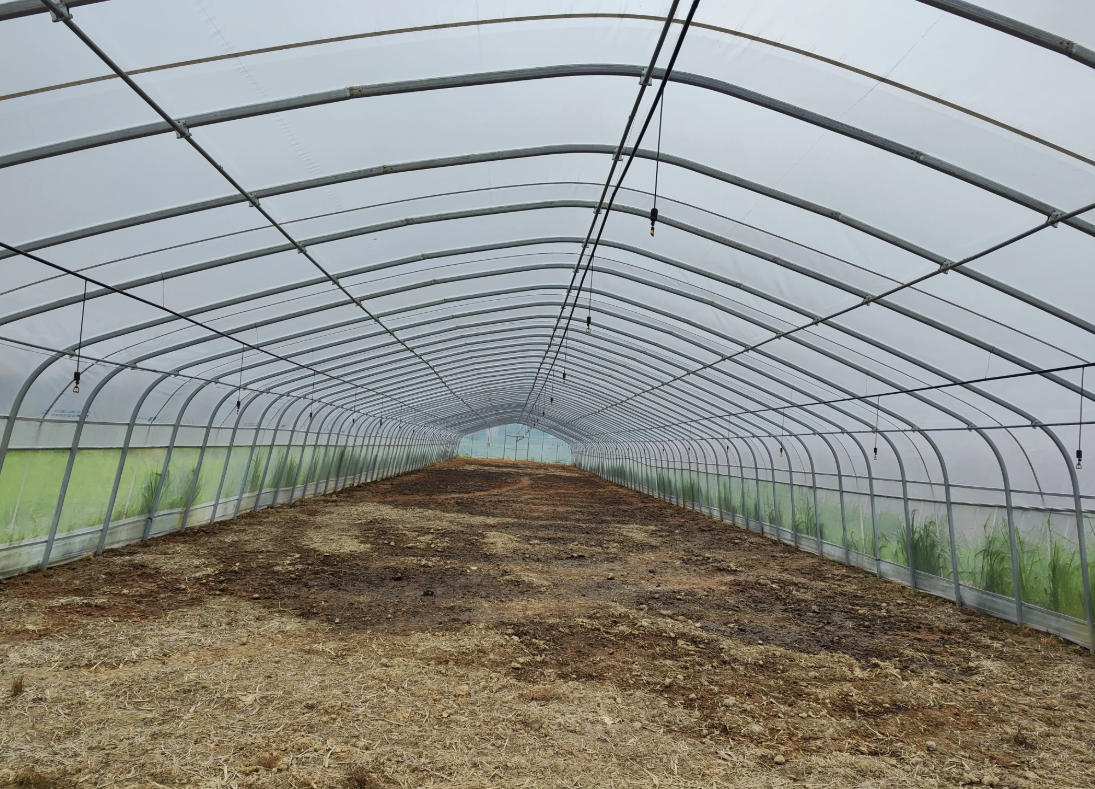
In terms of applicable crops, drip irrigation is suitable for various economic crops and those demanding more water, such as strawberries and blueberries. While sprinkler irrigation is more suitable for leafy vegetables and crops requiring higher air humidity, like cucumbers and tomatoes. Regarding soil conditions, drip irrigation, with water directly acting on the roots, has a lesser impact on soil structure and is less likely to cause soil compaction and salinization. However, if the water volume is too large or the irrigation is uneven, it may lead to soil surface compaction, affecting soil aeration and water infiltration. In conclusion, both drip irrigation and sprinkler irrigation have their own advantages and disadvantages. In the actual application of greenhouse and polytunnels, considering factors such as crop types, soil conditions, water resources status, and economic costs comprehensively, the appropriate irrigation method should be selected to achieve efficient, water-saving, and sustainable agricultural production.